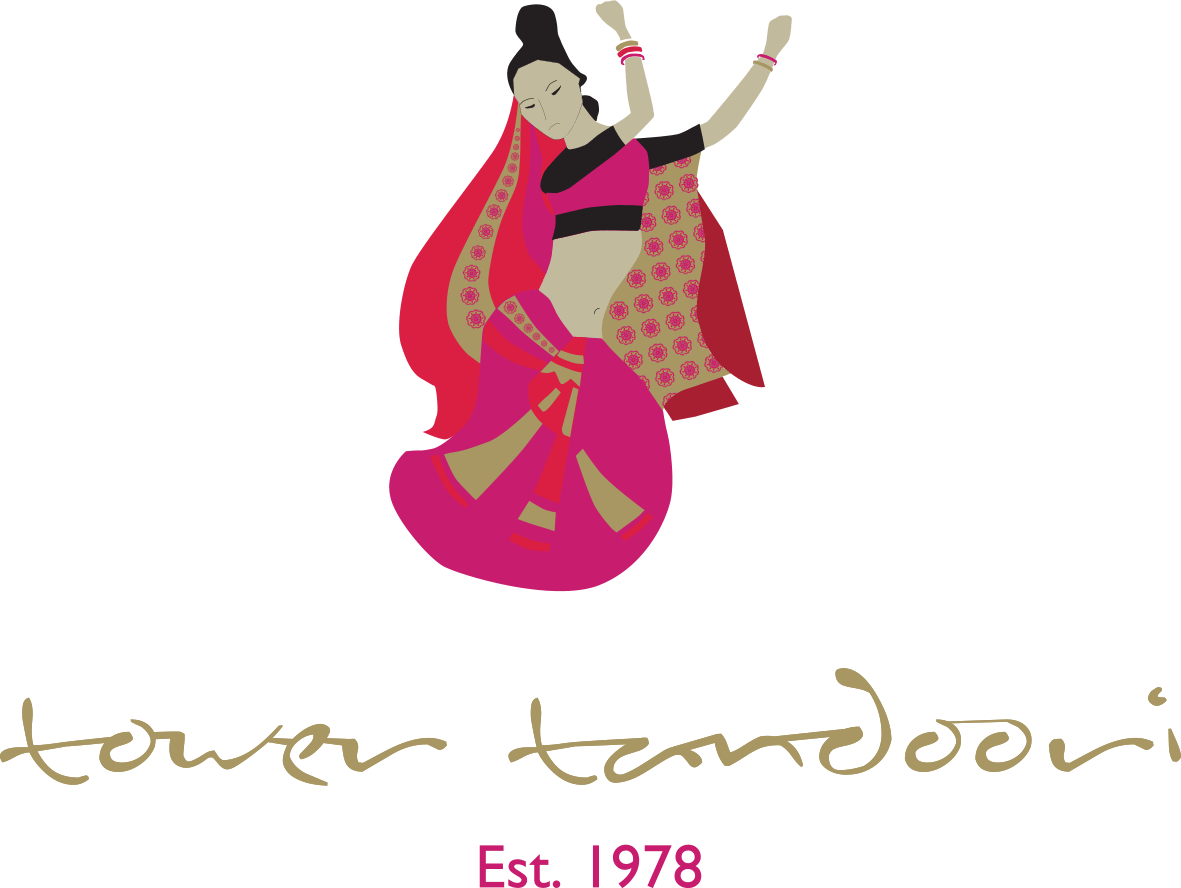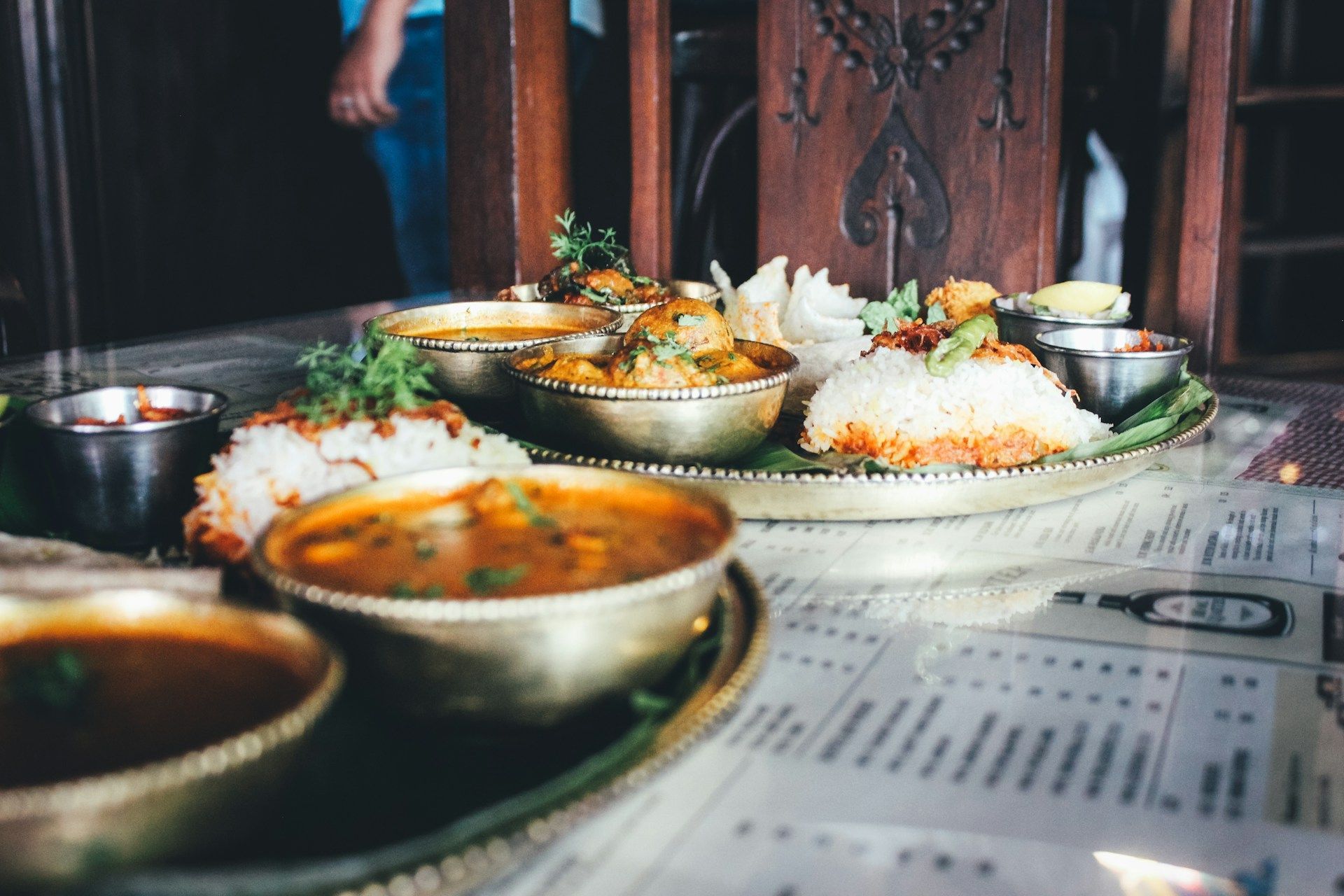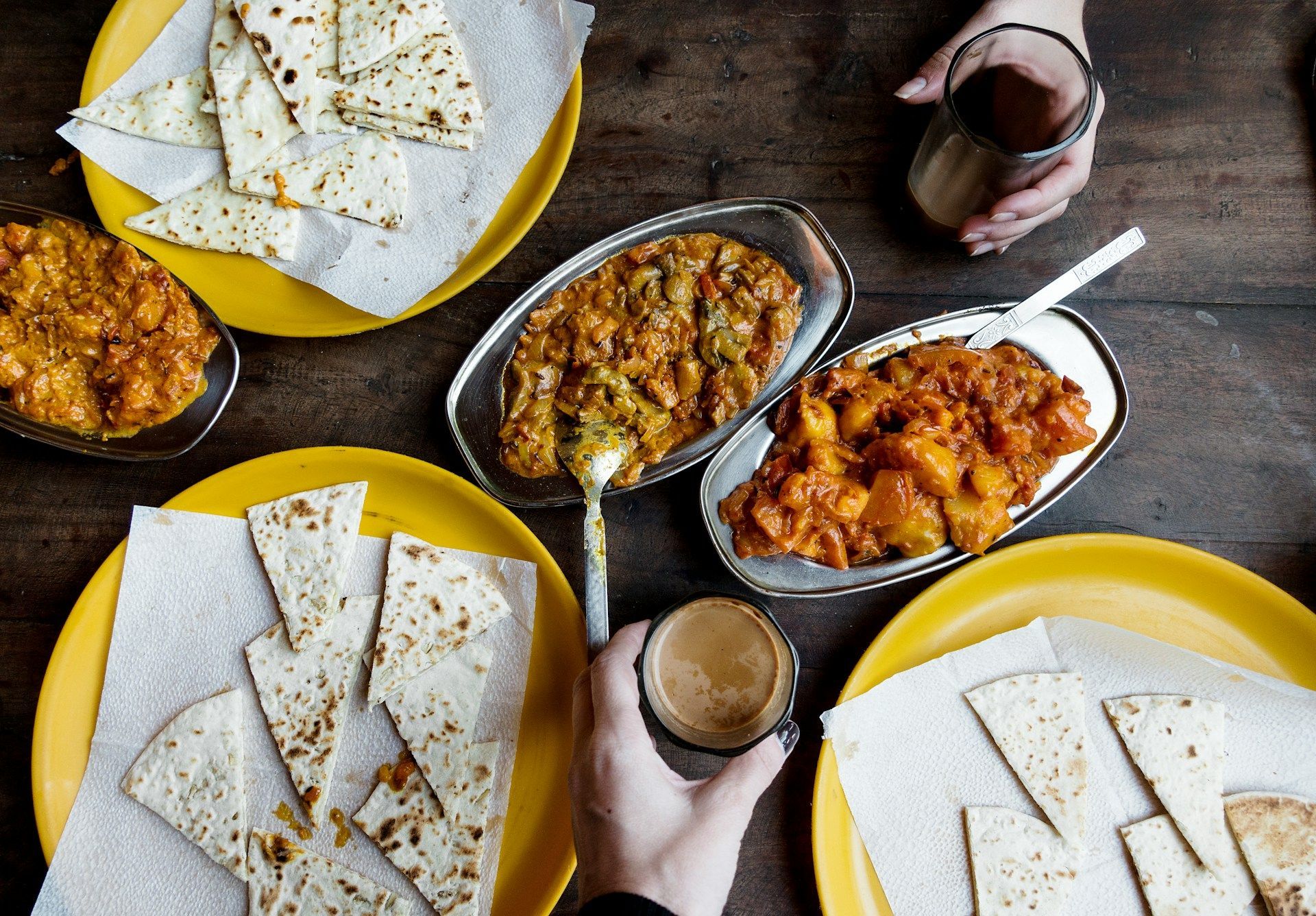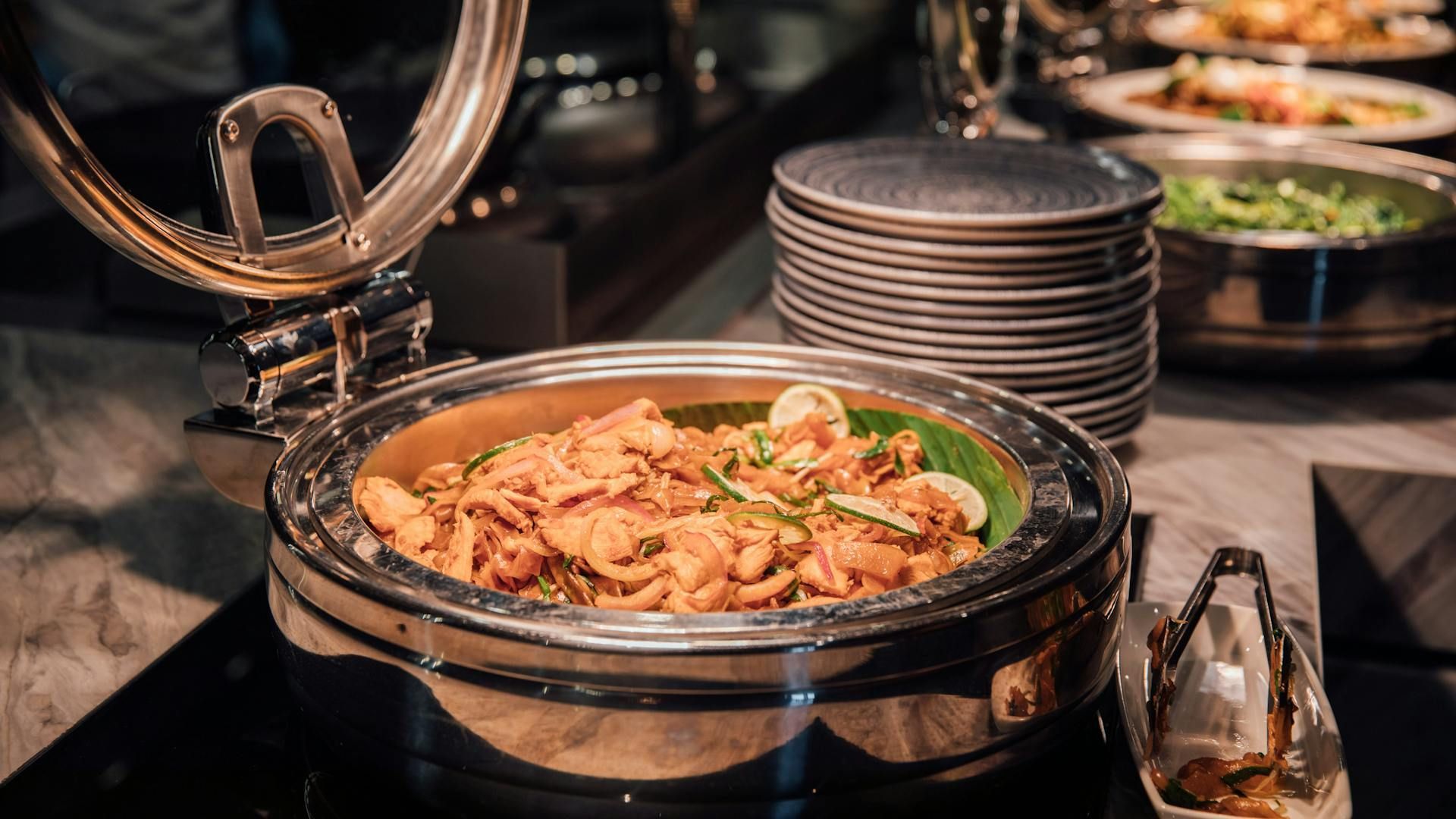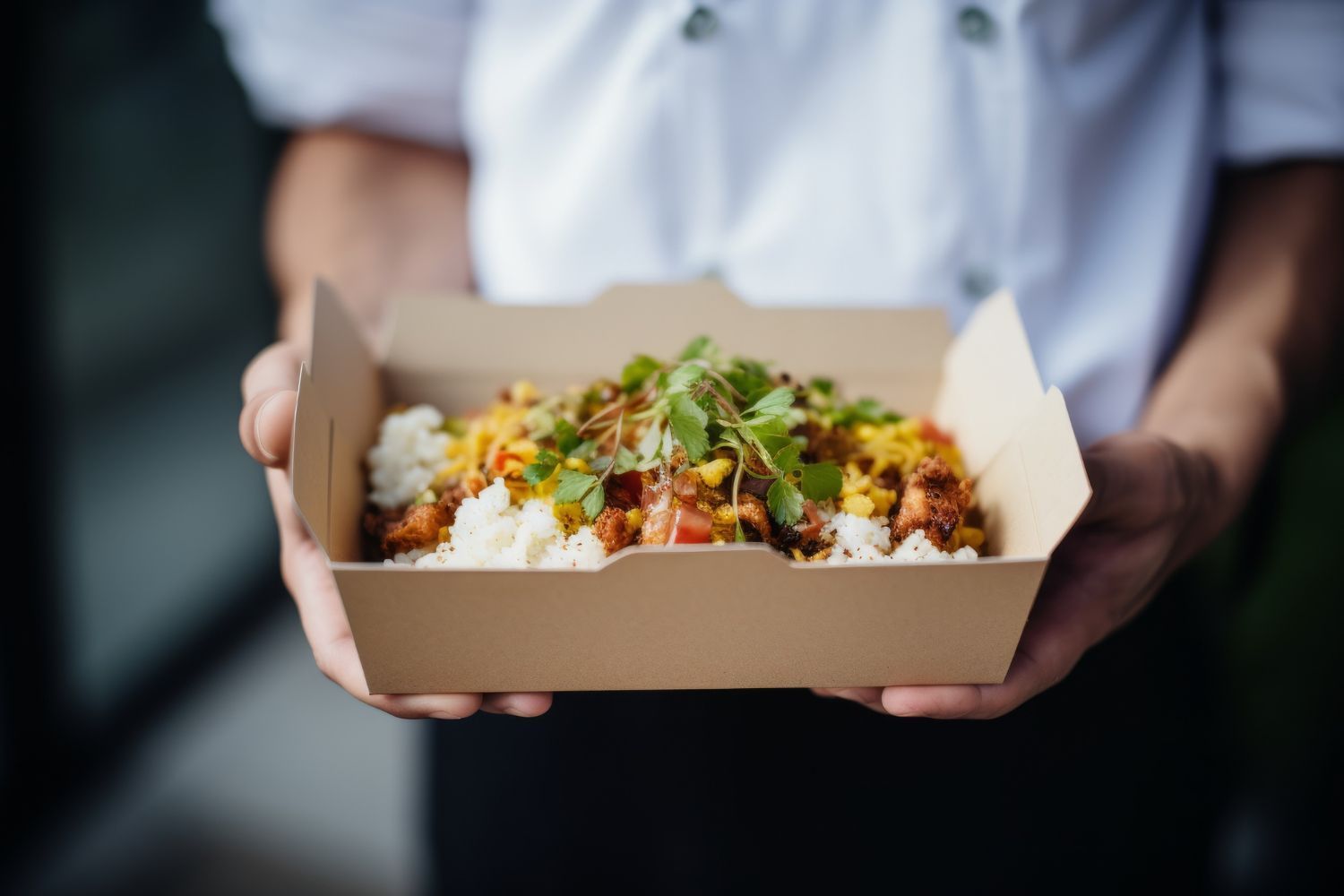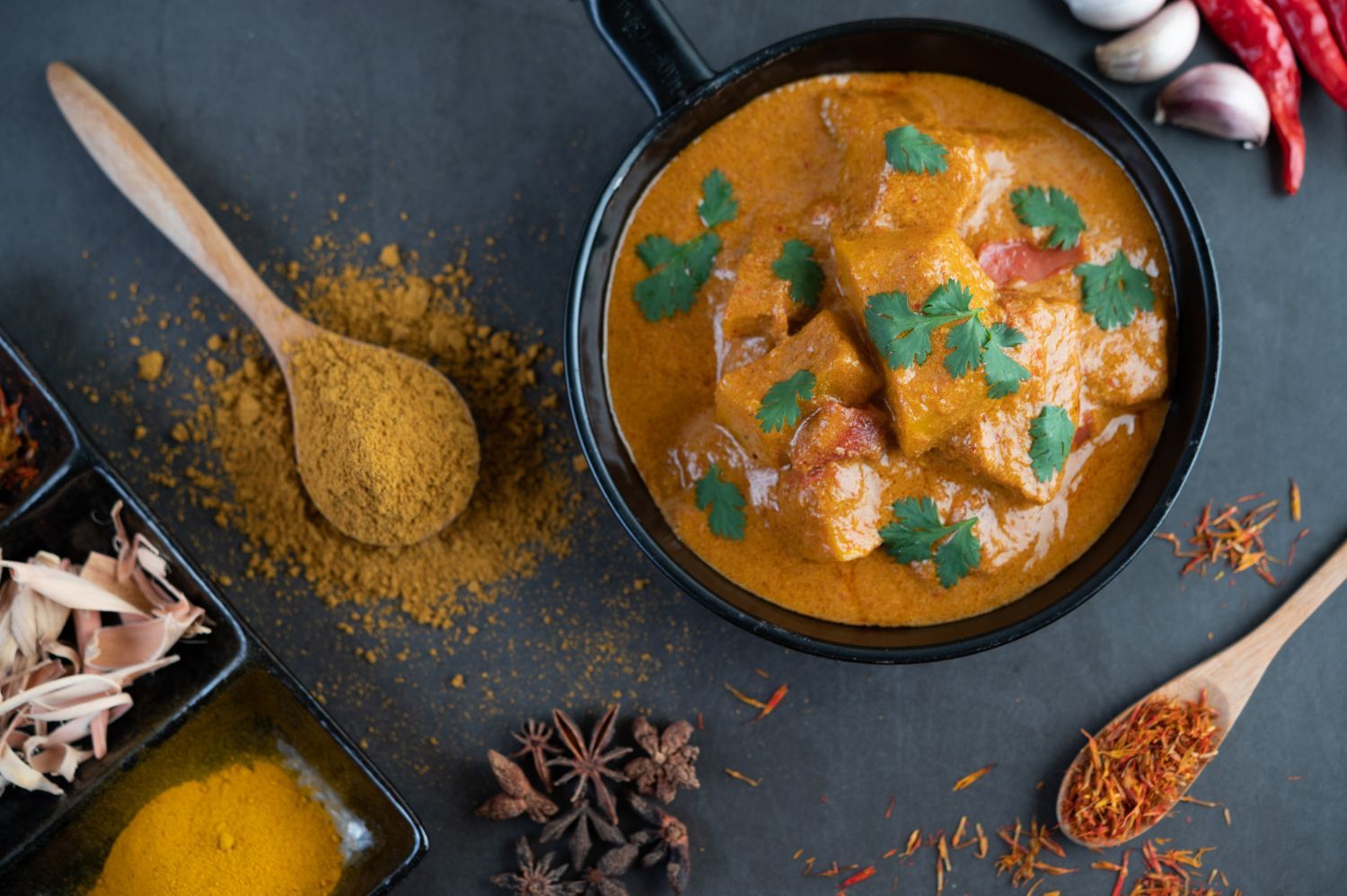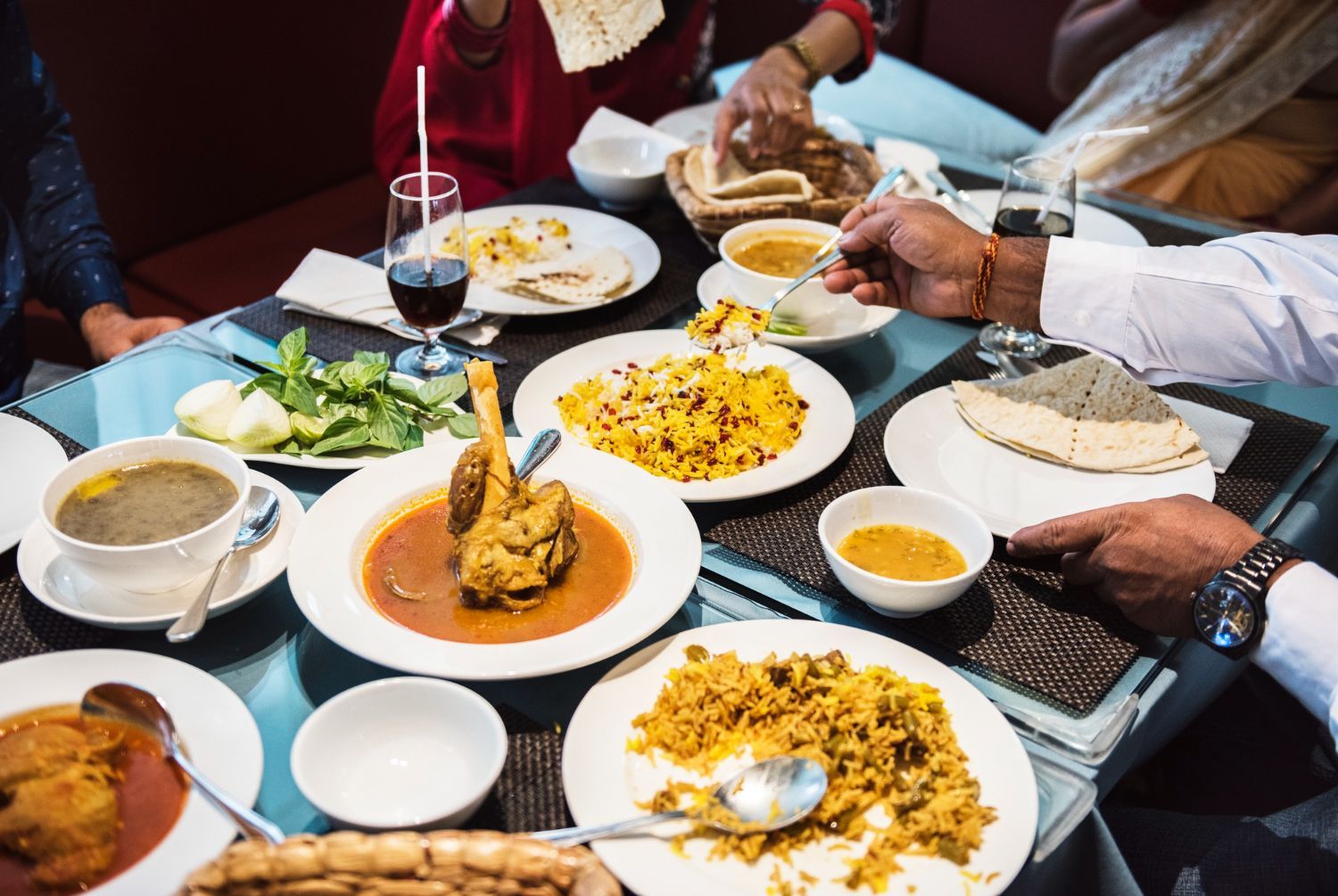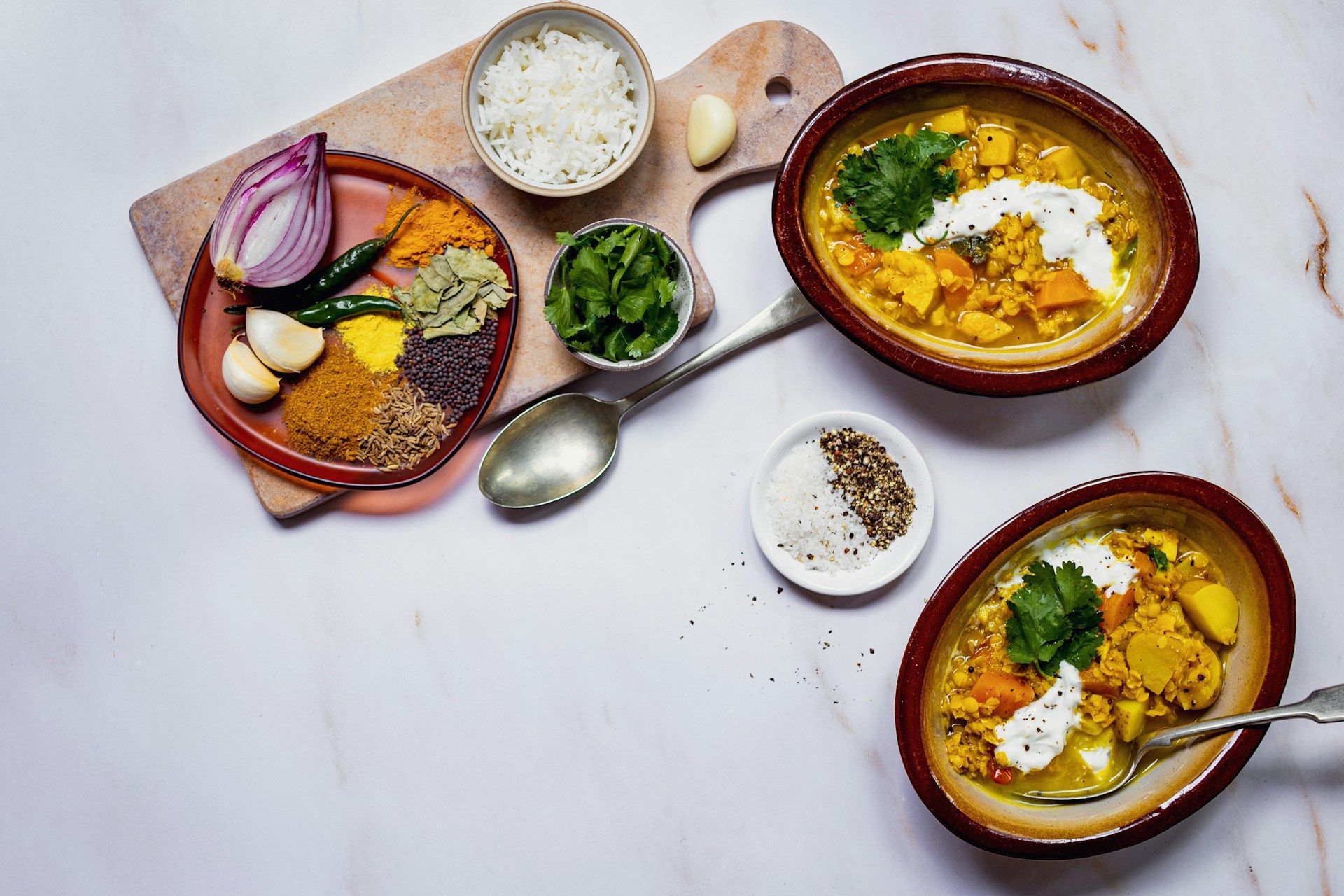Why Indian Food Has Become the Rage Here in the UK
On August 24, 1608, the British landed on Indian soil to acquire valuable spices through trade. This marked the beginning of the Brits’ love affair with Indian spices, eventually opening their first curry restaurant over 200 years ago in London. The richness and diversity of this spicy cuisine have burgeoned into 12,000 Indian food restaurants throughout the U.K.
What exactly makes Indian food so appealing to Westerners? Read on to find out the reason, and even some popular dishes!
History
The Brits’ love affair with Indian cuisine began in the 18th century. Whenever British officials and merchants spent time in India, they wanted to continue to enjoy the curries there when they returned to Britain. Some brought Indian chefs back to the United Kingdom since curry restaurants in London were not yet en vogue.
In time, Londoners visited coffee houses that offered curries and opium pipes.
Early British curries were very different from the ones eaten nowadays. The spices were inferior, with no turmeric or cardamom, and the cooks sometimes relied on dried spices that had travelled for many months. Cumin was often substituted for coriander and juniper berries instead of black pepper.
The other ingredients were also inferior, without many things we now consider to be traditional curry ingredients, like mangoes and coconut. Many dishes are either sweet or sour, and only a few are spicy ones.
Why? It’s a mystery. Early curry recipes sometimes include things like heavy cream and sultanas. They even use small quantities of dried lemon peel while they use lots of lemon juice in their chutneys.
Queen Victoria was besotted with Indian food, and the upper and middle classes copied her. As a result, curry became an integral part of the British diet. According to an 1852 cookbook, “few dinners are thought complete unless [curry] was on the table.”
Curry, the ubiquitous spicy dish across the country today, did not emerge until after World War II when many South Asian immigrants migrated to the United Kingdom. They set up food stands where they served dishes such as curry alongside traditional British snacks such as chips and pies.
As curry’s popularity grew in Britain, it replaced chips and pies at these shops. At first, naan bread was served instead of rice, but that has changed. Thus, Indian food began to flourish.
Curries were generally sweetened during the 1970s to make them more palatable to Brits, who found the taste of authentic Indian curries too spicy or overpowering. Although curries are no longer so sweetened, British curries are still creamier and sweeter than authentic South Asian curries. For instance, the Brits invented chicken tikka masala in the UK: although it’s often considered an authentic Indian dish, it’s a British invention nonetheless.
Top Five Indian Dishes
Speaking of, due to this culinary Indian invasion, here are some of the top Indian food in London that Brits just can’t get enough of :
- Chicken Tikka Masala: England’s most famous is a homegrown concoction. It consists of spiced chicken chunks in a creamy sauce and comes with various toppings depending on the establishment.
- Palak Paneer: This spinach dish infused with paneer (Indian cottage cheese) and a thick curry sauce, a staple more health-conscious Brits will love!
- Murgh Makhani: This dish is also known as butter chicken, typically marinated overnight in a yoghurt and spice mixture. It usually contains garam masala, ginger, garlic paste, lemon, pepper, coriander, cumin, turmeric, and chilli.
- Chole: Also called chickpea curry, this dish comprises onions, carrot pickles, green chutney, and a variety of vegetables called achaar.
- Malai Kofta: Another vegetable-filled Indian dish, these are essentially veggie meatballs that pair well with Jeera rice or naan bread.
No Escaping the Culinary Indian Invasion
Indian cuisine has greatly influenced Western-style cooking. Indeed, it has made our ordinary meat-and-potato fare come alive with the richness of its spices and vibrant flavour profiles. If you haven’t tried this type of food yet, you’re missing half your life. Do so now!
Take your palette on an extraordinary taste trip by ordering Indian food in London from Tower Tandoori! We’re one of the oldest and
best Indian restaurants serving authentic delicacies to all our customers. You can order online or book a table on our website!
